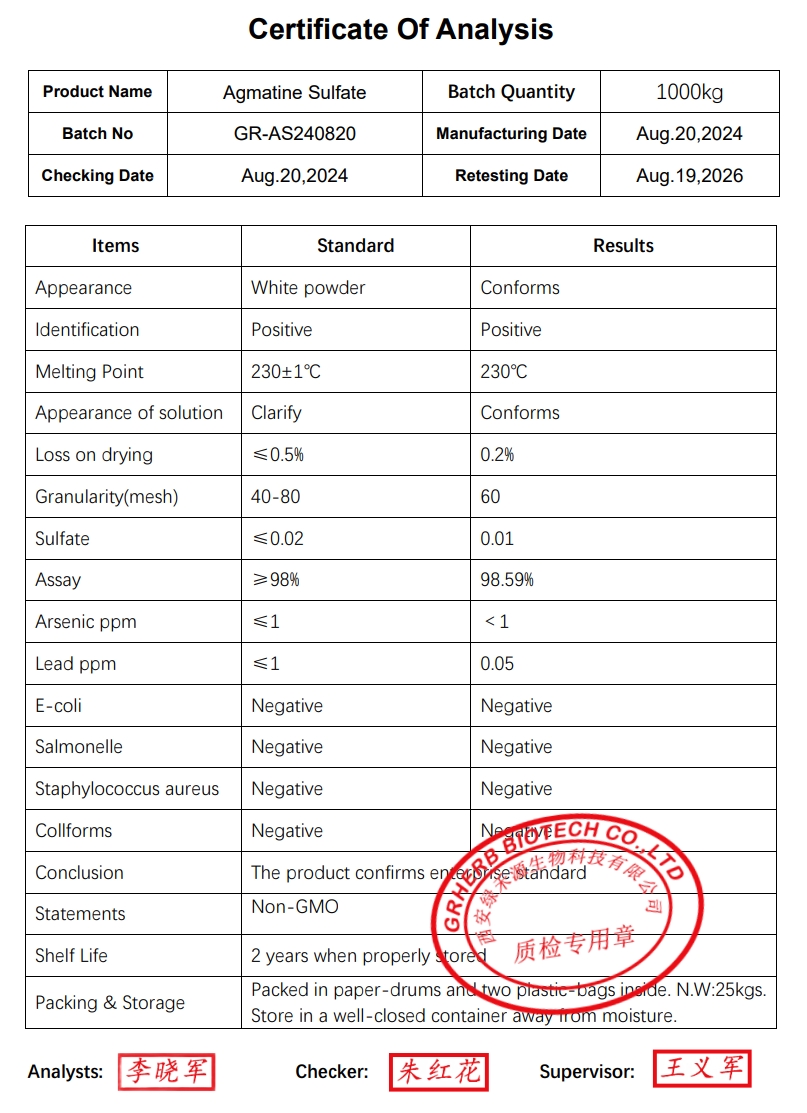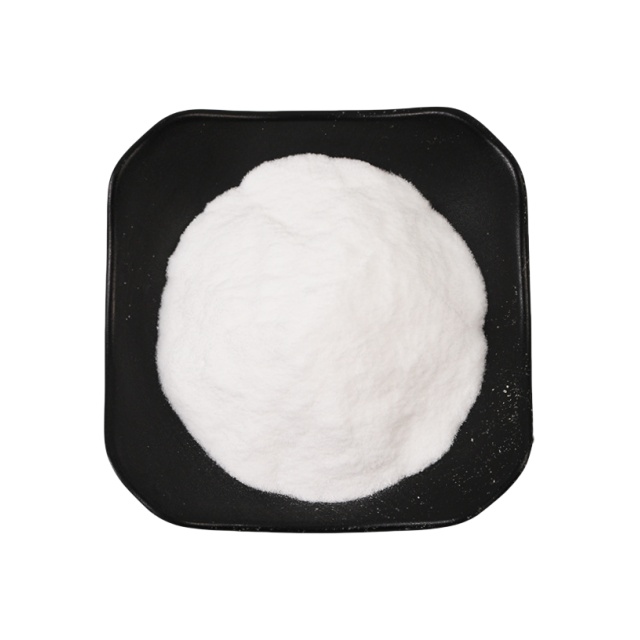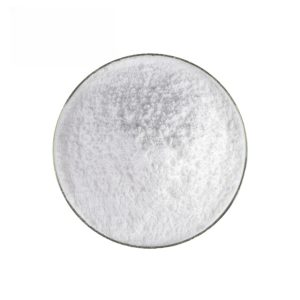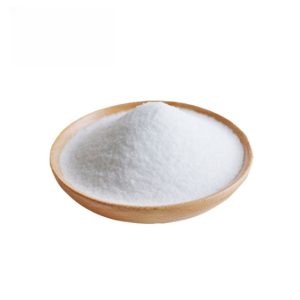Here’s the English translation of the provided information about Agmatine Sulfate:
Agmatine Sulfate
Basic Information
- CAS Number: 2482-00-0
- English Name: Agmatine sulfate
- Molecular Formula: C5H16N4O4S
- Molecular Weight: 228.27 (or 228.2699)
- Appearance: White to off-white powder
Physical and Chemical Properties
- Melting Point: 234-238°C
- Boiling Point: 281.4°C at 760 mmHg
- Flash Point: 124°C
- Density: Not provided
- Vapor Pressure: 0.00357 mmHg at 25°C
- Water Solubility: Soluble in water, insoluble in alcohol
- Storage Conditions: Store in a cool, dry, dark place, keep container tightly closed
Biological Activities and Uses
- Agmatine sulfate is an active metabolite of arginine, capable of increasing nitric oxide levels, reducing blood glucose levels, and elevating growth hormone levels.
- It exerts regulatory effects on multiple targets, such as the neurotransmitter system, ion channels, and nitric oxide synthesis.
- Agmatine sulfate is an endogenous agonist of imidazoline receptors and an inhibitor of NO synthase.
- It exhibits biological activities such as hypoglycemic, hypotensive, diuretic, anti-inflammatory, antidepressant, and antiproliferative effects.
- Due to its strong and long-lasting antagonism of N-methyl-D-aspartate receptors and its ability to induce withdrawal from morphine dependence in animals, agmatine sulfate is a promising drug for addiction treatment.
Synthesis Routes
There are multiple synthesis routes for agmatine sulfate, including but not limited to the following methods:
- Starting from 1,4-butanediamine, through steps such as monoamine protection, nitroguanidination, reduction, deprotection, and salt formation.
- Reaction of adipic acid diethyl ester with hydrazine hydrate to obtain adipic acid dihydrazide, followed by reaction with sodium nitrite to obtain a diazonium salt, which is then heated to release nitrogen to form 1,4-diisocyanatobutane, which is hydrolyzed to obtain 1,4-butanediamine, and finally reacted with S-methylisothiourea sulfate.
- Using 1,4-dibromobutane and potassium phthalimide as starting materials, through steps such as substitution, aminolysis, and guanidination.
- Using L-arginine as the substrate and arginine decarboxylase as the biocatalytic agent for decarboxylation to produce crude agmatine, which is then acidified with dilute sulfuric acid to obtain agmatine sulfate.
Application Fields
Agmatine sulfate has a wide range of applications in the fields of pharmaceuticals, health supplements, and sports nutrition supplements. It can act as a neuromodulator and neurotransmitter to assist central nervous system function, improve symptoms related to neuropathic pain, and aid in the treatment of drug addiction. Additionally, it can be used as a pump-inducing supplement to help enhance muscle pumps, promote muscle building, and improve athletic performance.
Precautions
- Agmatine sulfate may compete with dietary protein for absorption, so it is best taken on an empty stomach or at least 2 hours before or after meals.
- Those who are allergic, experience severe adverse reactions after taking it, or are pregnant or lactating should avoid taking it.
- When using agmatine sulfate, follow the advice of a doctor or nutritionist to ensure appropriate dosage and avoid interactions with other medications or supplements.
This translation provides a comprehensive overview of Agmatine Sulfate in English, covering its basic information, physical and chemical properties, biological activities and uses, synthesis routes, application fields, and precautions.




Reviews
There are no reviews yet.